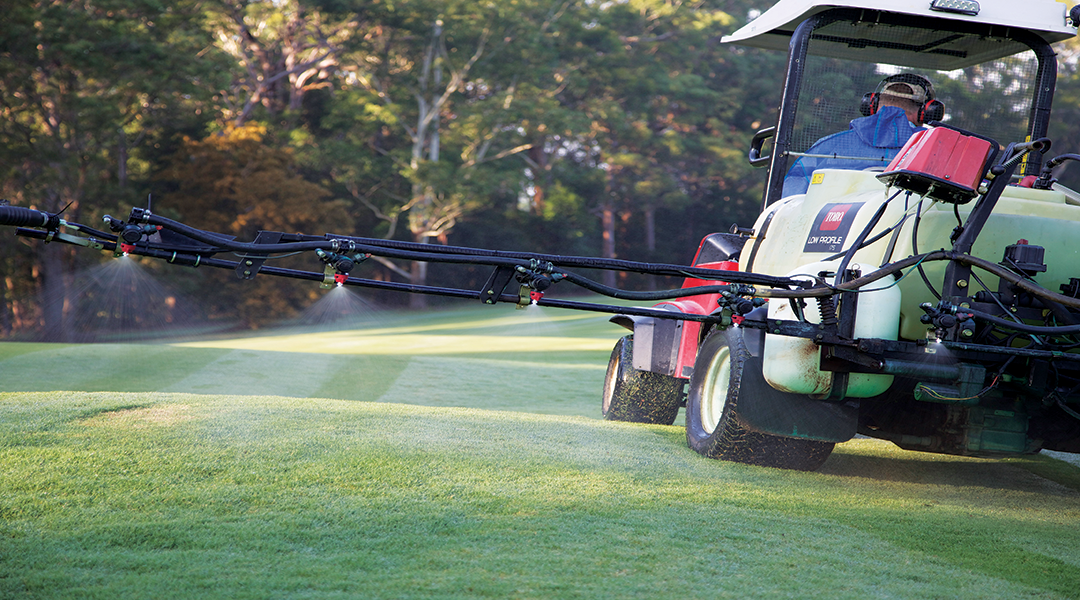Great turf doesn’t happen by chance. To achieve high standards it’s important to spend time planning and getting the foundations of your management program right.
Syngenta’s Technical Manager, Michael De Luca explains that this means dealing with two key aspects of plant protection; application accuracy, and investing in the best products for the job. Both of which have a significant impact on not just turf quality, but also how cost effective a grower’s maintenance schedule is. By following some basic principles and making clever choices with their product selection, turf growers can avoid common headaches and efficiently achieve great results for their turf year-round.
ACCURATE SPRAY APPLICATION is essential to receiving the most out of your chemical products each time you spray.
Now is a good time to get your spray units ready to deliver accurate chemical application over the following 12-months, and especially when the peak season hits.
Clean out your filters and check they are not plugged up, so you get a consistent and even spray pattern.
Take the time to calibrate your sprayers. Once you get the basics under your belt, this is a relatively quick, straightforward process that makes a substantial difference to how effective each spray will be.
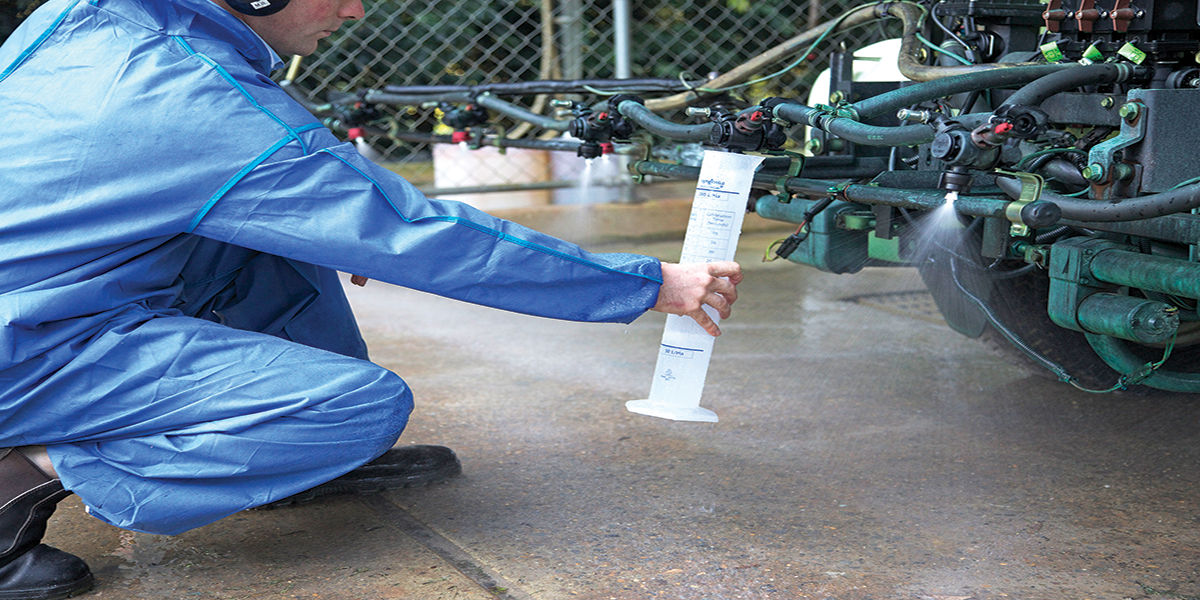
You can calibrate your sprayer in three stages:
1. CHECK YOUR SPRAYER SPEED
To accurately establish the forward speed needed when spraying, measure out 100 metres run on your turf and use a stake to mark each end.
Then, using a stopwatch, time how long it takes to drive between the two stakes at full spraying speed (for the most accurate results, have someone help you with the timing).
Divide 360 by the time taken to drive the 100m run in seconds to work out your speed in kilometres per hour (km/h).
This is the forward speed that should be used for spray accuracy. Repeat this process if you need different spraying speeds for different areas.
2. CHECK YOUR NOZZLE OUTPUT
Fill the tank with clean water, set the pump to the standard operating pressure, then collect the output from each nozzle in a calibration cylinder for 30 seconds.
Once you have recorded the output from each nozzle, work out the average output per nozzle across the boom by adding up each individual output, and dividing the total by the number of nozzles.
Then calculate how much each nozzle deviates from the average.
If that difference is over or under 4 per cent, your nozzles are too worn and should be replaced.
3. CALCULATE YOUR APPLICATION RATE PER HECTARE
Once you know the forward speed of the sprayer and the nozzle output, you can work out the volume of spray that needs to be applied per hectare with the following equation:
nozzle output (L/min) x 600 ÷ forward speed (km/h) ÷ by nozzle spacing (m) = spray volume (L/ha)
To make sure your spray units are set for accurate performance, you can adjust the spray volume output by changing the forward speed, altering the operating pressure or swapping to different sized nozzles.
CHOOSE NOZZLES DESIGNED FOR ACCURACY
Thanks to research and development (R&D) efforts and recent innovations in the industry, spray technology has greatly improved over the years.
If your current spray nozzles are unacceptably worn, consider replacing them with nozzles that are specifically engineered to address the most common challenges for turf growers. This can save you time and money with a more efficient spray schedule.
Syngenta’s XC Nozzle range, for example, has a rearwards spray angle that delivers full coverage of turf leaves, and an orifice shape that produces a more even spray – even when applying on slopes and undulating surfaces.

It’s also worth choosing nozzles with ‘air induction’ technology, as this significantly helps overcome spray drift in windy conditions.
While earlier generations of air induction nozzles could only achieve this by reducing the droplets in each spray, the XC Nozzle range maintains an optimal droplet amount from each nozzle head.
The end result is that a spray unit can travel faster, spray more often and last for longer in breezier conditions, therefore delivering better product uptake and making the most of your spray schedule.
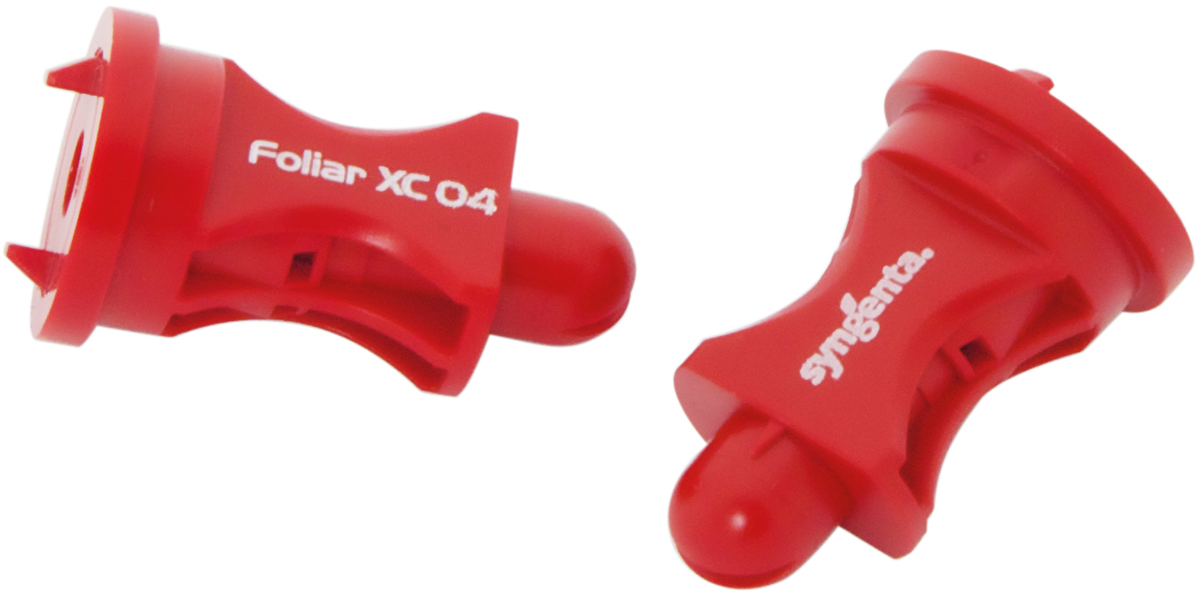
PRODUCT SELECTION (AND WHY IT REALLY MATTERS)
Once you have spray accuracy covered, another essential aspect of any management program is the range of products applied to your turf.
With so many options available, it’s important to choose high quality products that are specifically developed for your needs, as this has a significant impact on the effectiveness of your maintenance schedule.
Some questions you may want to ask before buying a herbicide, pesticide, fungicide or plant growth regulator are:
• Are there proven trial results for this specific brand of product?
• Is this product guaranteed to be safe for turf? Additionally, are there tank mix risks or formulation problems?
• Is this product from a respected R&D company with a track record for delivering high quality products?
• Is there sufficient technical back-up by a high calibre team if you run into trouble? Are they easy to get in touch with?
• Is the product well packed? Poor packaging increases the risk of spills, which are costly and an environmental hazard.
• Is the packing recyclable? Non-recyclable packaging must be treated as hazardous waste, which attracts high disposal costs.
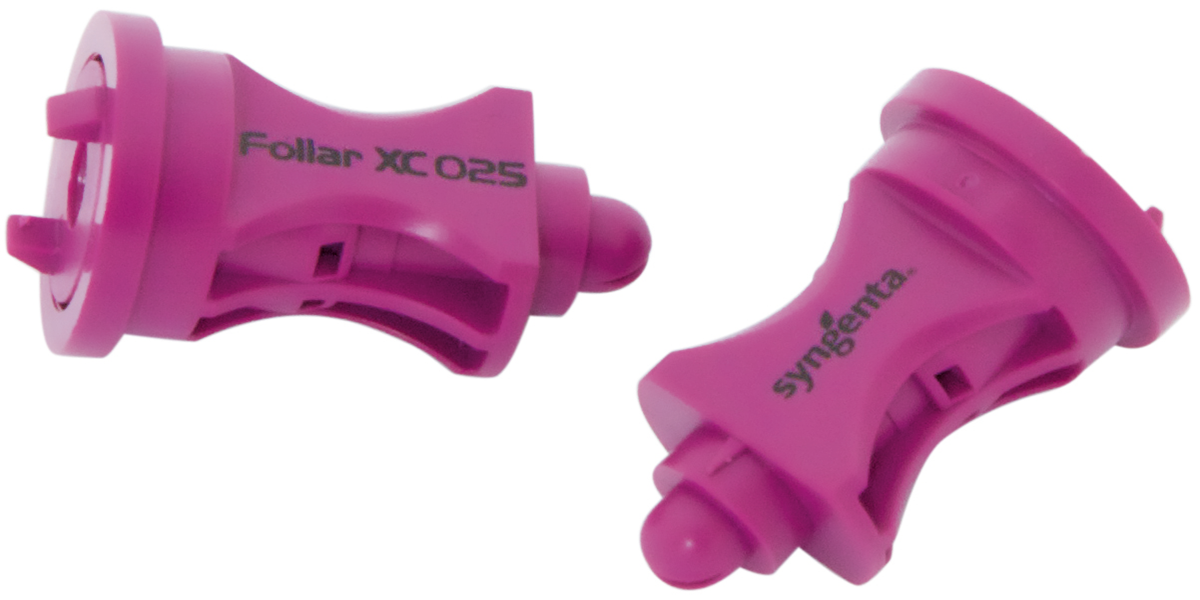
GET SMART WITH YOUR PRODUCTS
Choosing innovative products which make use of smart technology is always a good idea as you can do more with less, essentially achieving effective season-long control while minimising your number of applications and the impact on the environment.
It’s also worth investing in products that are geared towards prevention rather than cure.
Staying on top of weed or pest problems, before they become major infestations, pays dividends in the long run.
One product with smart technology is Syngenta’s ACELEPRYN; a turf insecticide that delivers season-long control against grubs and caterpillars.
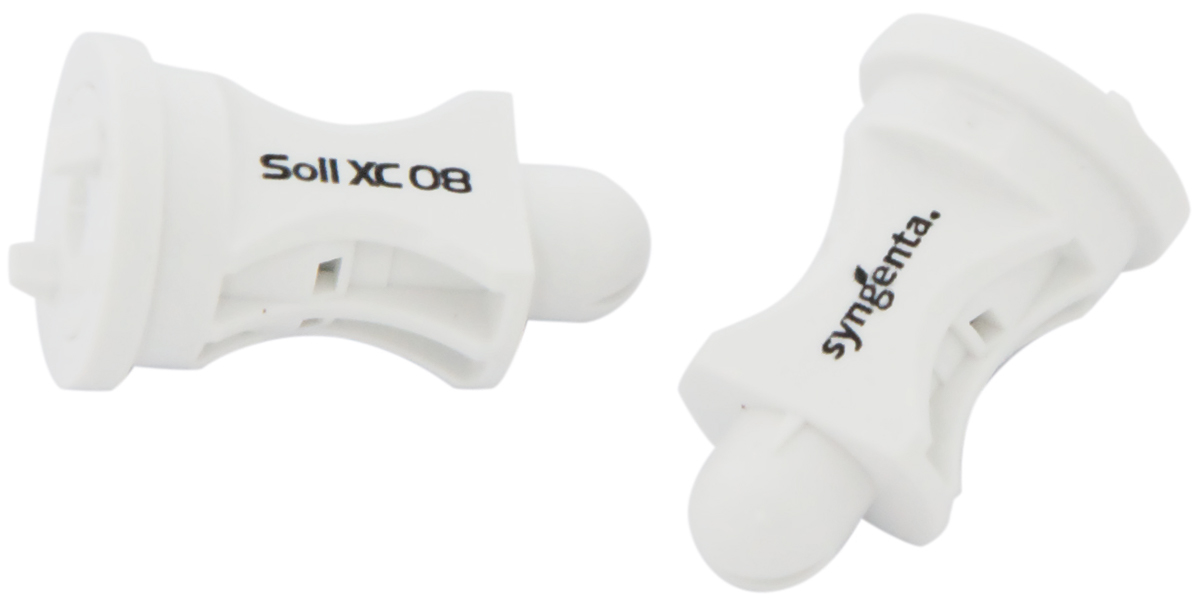
Featuring a unique active ingredient from the anthranilic diamide class of chemistry, ACELEPRYN controls a broad spectrum of pests with only a single application, making your maintenance program as efficient as possible.
It’s also uniquely formulated to have a low environmental impact – an important feature in today’s climate.
Being exempt from poison scheduling makes it easy to use with no PPE (Personal Protective Equipment) requirements when applying ACELEPRYN, and no hassle in managing re-entry periods after application.
DON’T FORGET ABOUT FORMULATION
Formulation is another essential element to consider when making your product selection, as this affects the results you will achieve with each spray.
Herbicides and insecticides are formulated to contain two parts; an active ingredient, and inert ingredients which contain an adjuvant that enhances the application of the active ingredient.
Poor formulation can have a huge impact on a product’s performance, making it difficult to mix and use, slow to work, less effective and unreliable.
Choosing products that are specially formulated for use on turf is the best option, as this will ensure your grass is safe, and the product is absorbed by the plant as efficiently as possible.
One type of formulation designed to be effective on turf is ‘micro emulsion’; a clear or opalescent liquid with a significantly smaller particle size, designed for excellent solution stability.
Used in Syngenta’s MAXX range of plant growth regulators (PRIMO MAXX) and fungicides (BANNER MAXX, HERITAGE MAXX), micro emulsion technology allows the active ingredient to be better absorbed into the plant compared to other formulations, and keeps your turf safe with no harsh solvents.
By making a careful selection with your products and considering their formulation, you’ll not only keep your turf healthier for longer, but also create efficiencies in your management program – and reap the benefits for many years to come.

